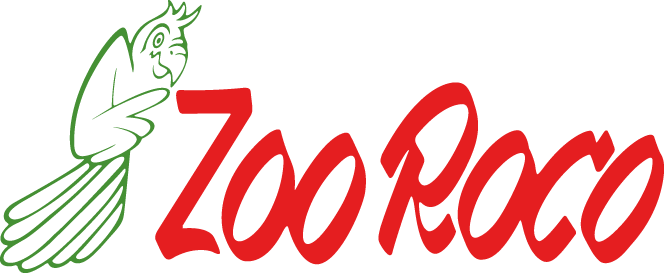Product number:
DE-752
| Quantity | Unit price |
|---|---|
| To 4 |
CHF 12.90
|
| From 5 |
CHF 10.90
|
Stock: 0
This article is currently not available
Product information "Vallisneria australis Marble"
Vallisneria australis Marmor
Marmorierte Riesen-Sumpfschraube
| max. Wuchshöhe | - 200 cm | Herkunftsland | Australien |
|---|---|---|---|
| Eignung | Barschaquarium, Diskusaquarium, Gesellschaftsaquarium | Typ | Rosettenpflanze |
| Familie | Hydrocharitaceae | Gattung | Vallisneria |
| Vermehrung | Ausläufer | Wuchsgeschwindigkeit | mittel |
| pH | 6 - 9 | Wasserhärte | 25 - 30 °dh |
| Hinweise | |||
Die Sorte ´Marmor´ hat eine ausgeprägte Marmorierung bzw. Strichzeichnung. Ihre dunkelolivgrüne Farbe bleibt allerdings nur bei guter Beleuchtung erhalten. Kulturansprüche und Pflege sind die gleichen wie bei der Riesenvallisnerie. Pflanztipp: Die V. australis ´Marmor´ liebt, wie alle Riesenvallisnerien, bewegtes Wasser und sollte in der Nähe des Filterauströmers gepflanzt werden, da sie an ihren Naturstandorten häufig in fließenden Gewässern zu finden ist.
| Aquarium: | Community aquarium, Perch aquarium |
|---|---|
| Genus: | Vallisneria |
| Growth: | medium |
| Origin: | Australia |
| Properties: | Rosette plants |
| Stand: | In the background |
Composition
Feeding recommendation
Technical details
Size information
Login

















